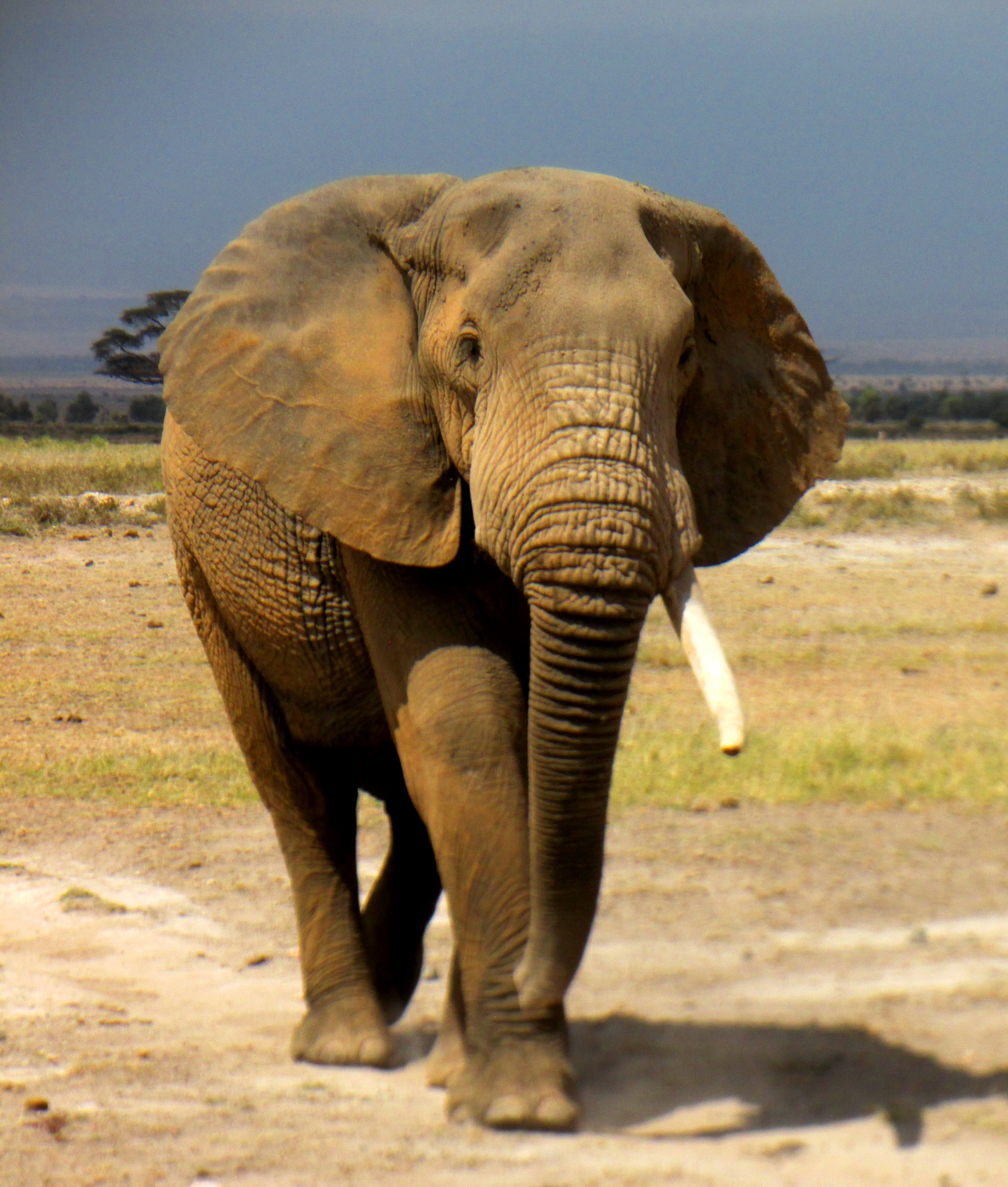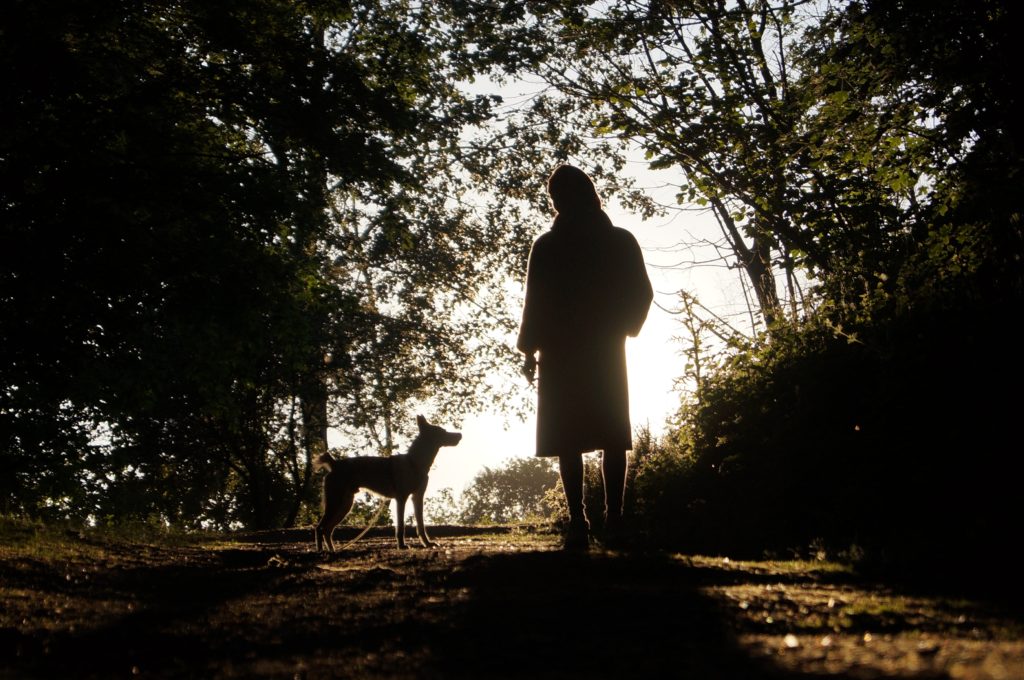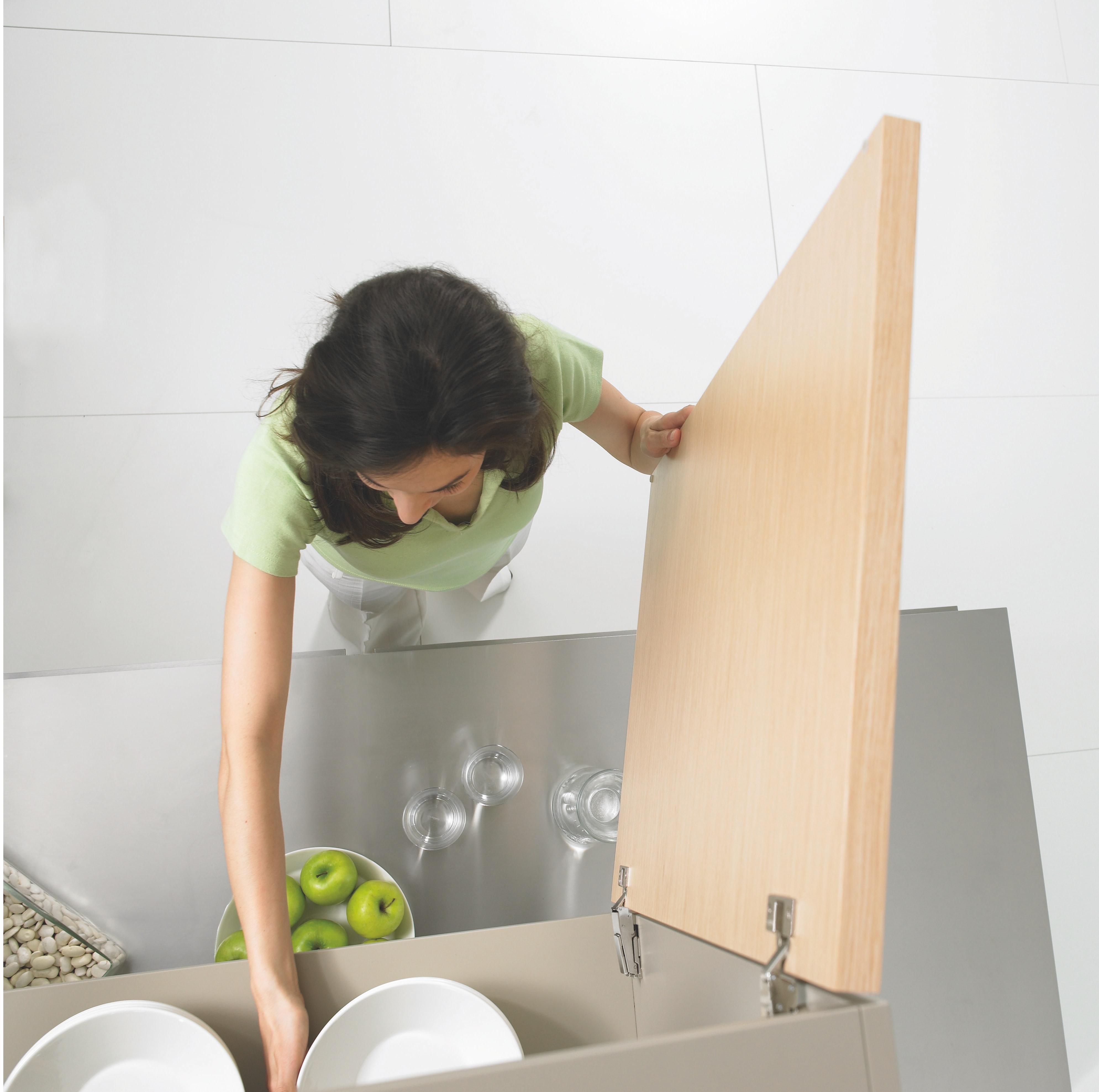With Christmas rushing towards us like a tornado and the to-do list expanding exponentially, it is tempting to fall into the multi-tasking mode. How else, you ask, are we to get everything done? Well, rather counter intuitively, the best way to get to the end of that list is to take each task one at a time.
When my boys were young, I prided myself on being the queen of multi-tasking: packing lunch boxes, signing forms, making breakfast and entertaining the dog all in the same breath. Time was the enemy that had to be defeated; yet ultimately, the only thing that was defeated was me.
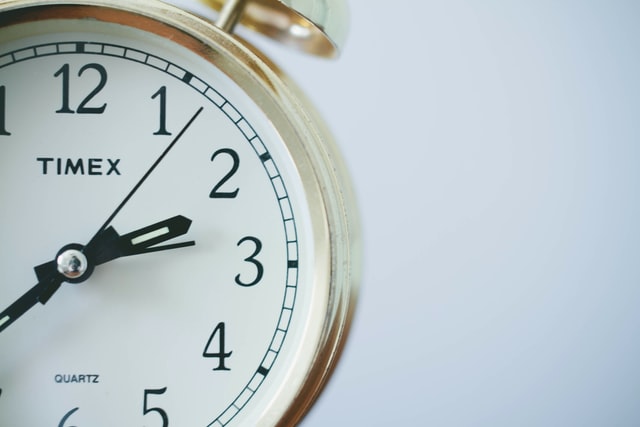
I’d like to say that I’d learned my lesson, but I am still a work in progress. Yesterday, after making pesto, putting the pasta on to boil and making garlic bread to go under the grill, I thought I would squeeze the washing up into the pasta’s cooking time. The faint aroma of charcoal alerted me to the fact the the garlic bread did not need ten minutes (but did need watching!) My sense of smell saved us from disaster, but reminded me once again that doing too many things at the same time often means we do them badly. Worse, we may have to do them all over again or spend time rectifying our errors.
Do I really have to do this?
Media, magazines and talented friends all make us think that our Christmas should be worthy of a Country Living cover. We slave over elaborate meals and table settings, attempt to wrap gifts perfectly and deck our halls with sumptuous greens. In an exquisite magazine a friend just lent me, they suggest adding gold leaf to your cookies (doesn’t everyone?), embroidering your napkins and knitting your own lampshade (!). These all make for stunning illustrations, but when we see too much of these things, we can feel overwhelmed and defeated.
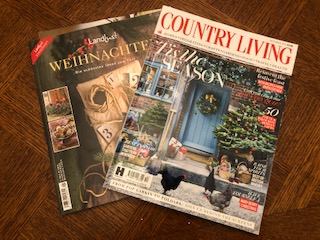
Don’t get me wrong. I love these sumptuous Christmas editions and sometimes am even inspired to take on the odd project (well, the simple ones). The problem only arises when we feel that to choose not to do all these things makes us a) an inept parent b) hostess or c)Scrooge.
It is worth remembering that the purpose of all the media excess is to make you buy more. It is certainly not intended to help you have a better Christmas.
It is time to recalibrate.
Making a list, checking it twice
Focusing on a single task while a dozen others swirl through your mind is unlikely to be successful. We need to go back to the good old list and decide what really has to be done. There will be some non-negotiables: food shopping; feeding ourselves and guests; organising gifts and making our homes presentable. Everything else, as they say, is jam.
For the rest, I would advise the Marie Kondo test. Does it bring you joy? If not, ditch it. Loads of people I know do not wish to do cards. They may prefer a phone call or a cheery text or simply greetings face-to-face. (Like so many traditions, this one too had a commercial edge. It was established in the mid 19th century to encourage the public to support the newly formed Post Office.)
With time limited, focus on those things you love and put them at the top of the list. Mine would definitely include making cards, gifts and decorations. These are not chores but pleasures. Making breakfast muffins for Christmas morning would be nice, but I think I’ll put that at the bottom.
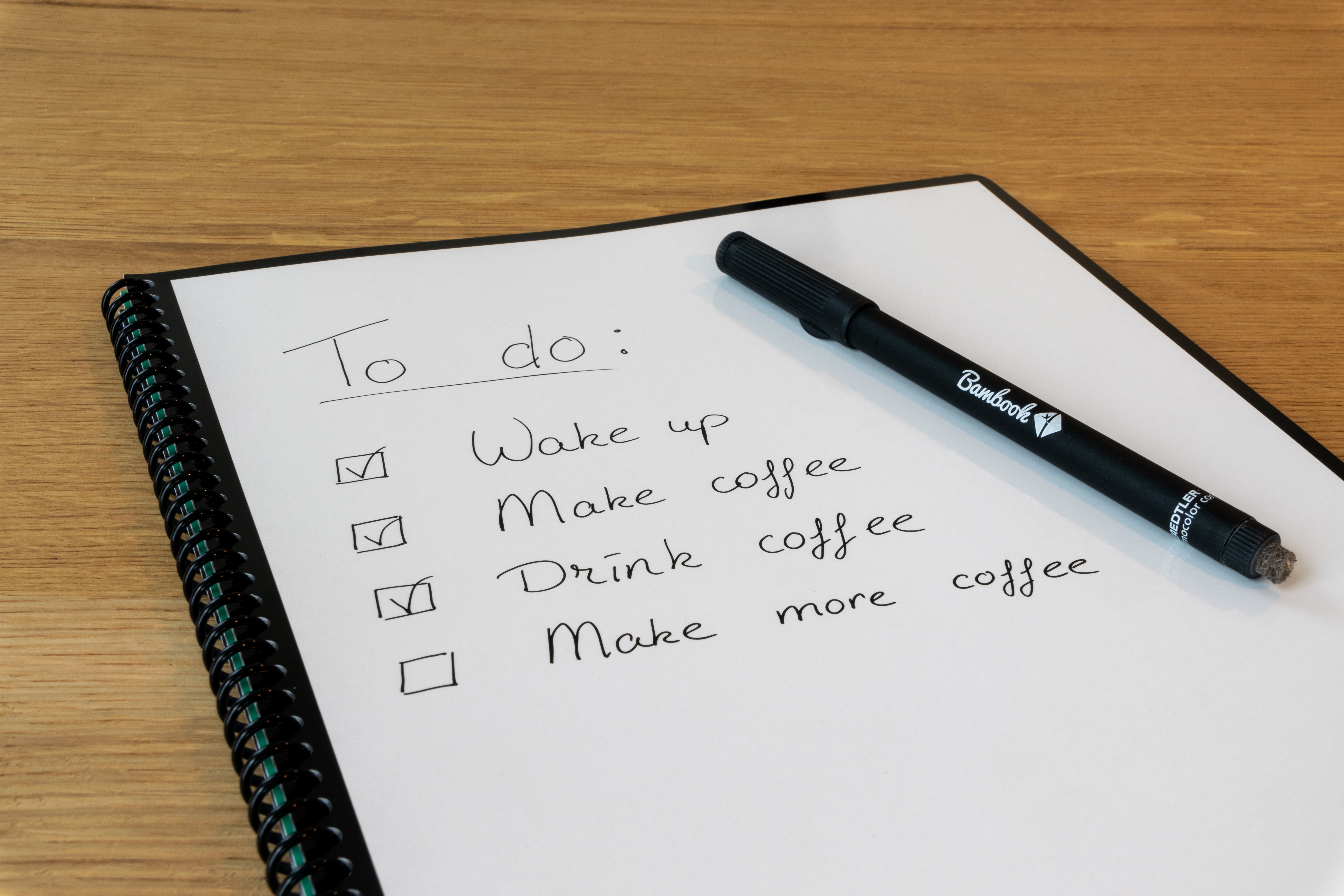
Mindful mono-tasking
With a reasonable list made, now is the time for work. Ideally, you want to give ample time for each individual task. This may mean starting earlier than you normally would, but it also means you should be able to enjoy it. Fluster and panic seldom make anything pleasurable.
The greatest paradox that has arisen from my MS and inevitable slowing of my body is this: it is rare that I do not manage to achieve everything I’d planned. Without question, I need to be more organised – and my desk is always littered with to-do lists – but I also find that focusing very carefully on the job in hand allows me to do it more efficiently than I used to.
Which is where the mindfulness comes in. Meditation is a kind of brain training. It involves the repeated practice of disciplining the mind to focus on whatever you are doing – whether that is breathing, invoking loving-kindness or even peeling a vegetable.
And when we bring our whole attention to a task, we do it quickly and well. Even better, it doesn’t feel like work any more -rather something that absorbs our attention. Time slides into a sort of no-time and all sense of urgency is lost and with it any sense of panic.
Trust me. I am no Zen master and often tumble into the turmoil of rush and stress. But those times are fewer and further between, which is a very good thing, as they are the foods this illness feeds upon.
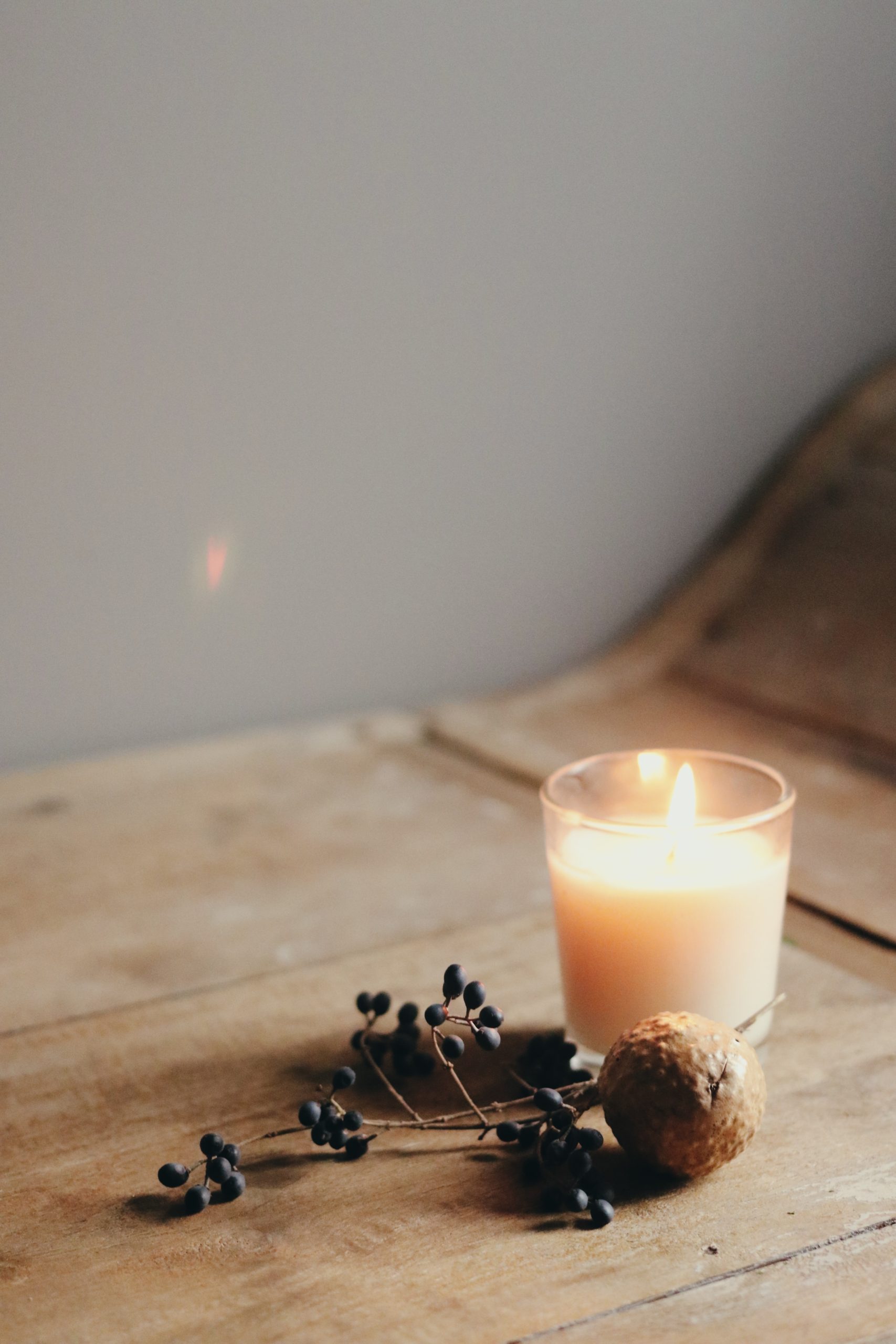
Approaching each item on your list with focus and gratitude enables you to have a little extra time to light a candle and contemplate what the season is really about. When you do that, I suspect, you will enjoy it all the more.

